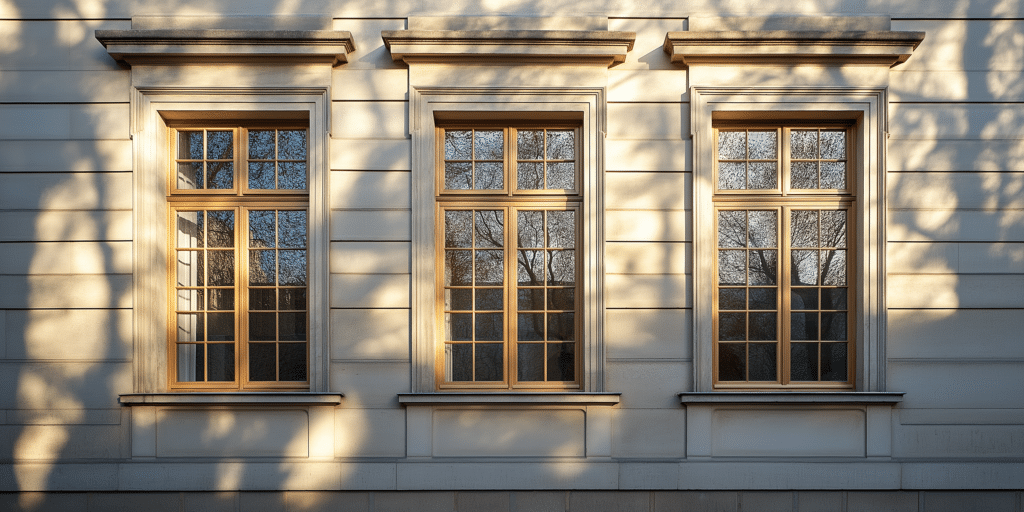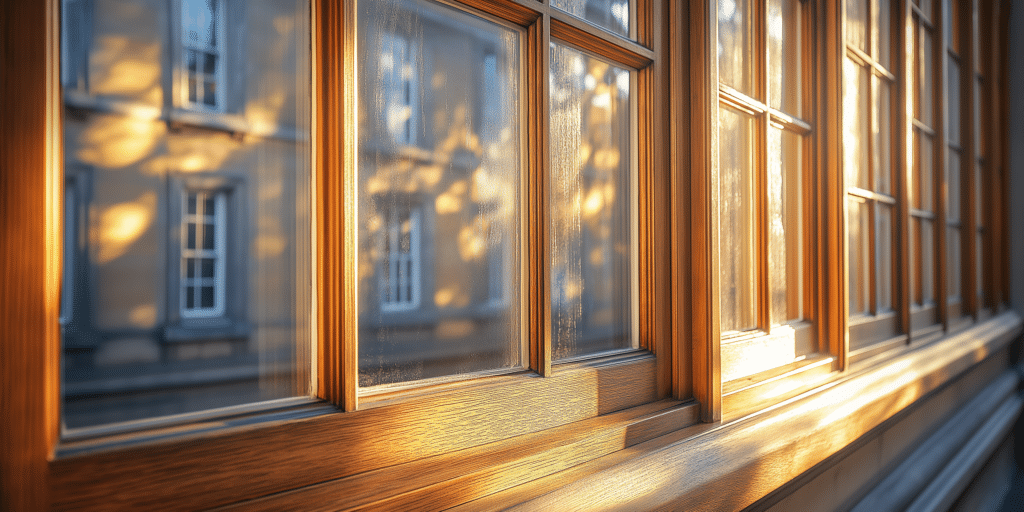Sash Windows Weatherstripping or Brush Seals

Sash windows, renowned for their timeless aesthetic appeal, are a hallmark of many period homes across the UK. Despite their charm, these traditional designs often lead to heat loss and draughts, resulting in higher energy bills if not properly sealed. The solution lies in installing weatherstripping or brush seals, which significantly improve the energy efficiency of sash windows by sealing gaps that allow air to escape.
Why choose weatherstripping or brush seals? Both offer a cost-effective way to enhance thermal insulation without compromising the appearance or functionality of your windows. Weatherstripping involves adding materials like felt, foam, or rubber to block gaps around the sash frame, while brush seals feature tightly packed bristles designed to prevent draughts.
A study by Energy.gov revealed that installing weatherstripping or brush seals can reduce air leakage by 20-40%, saving up to 20% on heating costs annually for older homes. Additionally, British Fenestration Rating Council (BFRC) research indicates that proper weatherstripping can improve a window’s energy rating by at least one band, which can translate to significant savings on energy bills.
Types of Weatherstripping for Sash Windows
Weatherstripping materials vary in durability, cost, and ease of installation. Common options include:
- Felt: Affordable and easy to install, but less durable than other options, felt weatherstripping is ideal for temporary solutions.
- Foam: Flexible and versatile, foam works well for filling irregular gaps but may compress over time, reducing its effectiveness.
- Rubber: Rubber weatherstripping is highly durable, resistant to moisture, and performs well in wet climates, making it an excellent long-term solution. It’s particularly effective in reducing heat loss by up to 35%.
- Metal (Aluminium/Brass): Metal weatherstripping is the most durable and longest-lasting. It is often found in period properties and requires professional installation for optimal results.
According to Kevin O’Connor, host of This Old House, weatherstripping offers an excellent balance between preserving historical aesthetics and boosting energy efficiency. “It’s crucial to avoid anything that alters the look of the original windows, but you can still achieve modern efficiency through proper weatherstripping”.
How to Install Weatherstripping on Sash Windows
Many homeowners opt for DIY weatherstripping, especially with materials like foam and felt. The process involves measuring the sash frame, cutting the weatherstripping to size, and attaching it along the edges of the window. For the best results, ensure the frame is clean and free of dust before installation.
Professional installation is recommended for more durable materials like rubber or metal. Spring bronze and rubber seals offer long-term protection, but they require precise installation to be effective.
Installing metal weatherstripping, for instance, requires precision tools and experience to ensure a tight fit. While it is more expensive (ranging from £150 to £300 per window), the long-term energy savings and enhanced insulation justify the investment.
Pros and Cons of Different Weatherstripping Materials

Each material offers distinct benefits based on the climate, condition of your windows, and the level of insulation required.
- Felt: Affordable and easy to install, but less durable and prone to wear. It’s suitable for smaller, less exposed windows.
- Foam: Offers good flexibility, making it ideal for irregular window frames. However, it compresses over time and may need to be replaced every few years.
- Rubber: Durable, moisture-resistant, and performs well in fluctuating temperatures. Rubber seals can reduce heat loss by up to 35%, which is particularly useful in wet climates [Source].
- Metal: The most durable, offering decades of service, but requires professional installation. It’s ideal for listed or heritage properties where long-term performance is a priority.
DIY vs. Professional Installation
DIY solutions can be effective and cost-efficient for newer sash windows or simple installations. However, for older, heritage, or irregularly shaped windows, professional installation ensures that the materials are applied correctly, preventing air leaks and improving energy efficiency. Brush seals and metal weatherstripping installed by a professional can last for decades, providing excellent long-term value.
Combining traditional methods like spring bronze with modern brush seals for historic sash windows offers the best balance between efficiency and maintaining architectural integrity.
Expert Insights on Sash Window Insulation
According to the Energy Saving Trust, weatherstripping sash windows can reduce heat loss by up to 25%, significantly decreasing heating costs. For an average-sized home, this could result in annual savings of around £200.
Certified installers often recommend rubber brush seals for older homes because they provide excellent insulation without altering the appearance of the sash windows. These seals are particularly effective in harsh weather conditions, reducing air infiltration by 10-20 decibels and improving the home’s overall comfort.
Maintaining Your Sash Window Weatherstripping

Weatherstripping generally lasts between 5-10 years, depending on the material and environmental exposure. Rubber and metal options last longer than felt or foam, which may need replacement every few years due to wear.
Regular cleaning with a simple soap and water solution ensures that dust and debris don’t accumulate, which could hinder the seals’ effectiveness.
Final Thoughts
Whether you’re seeking to preserve the charm of your period home or enhance its energy efficiency, both solutions provide affordable, highly effective ways to reduce heat loss, improve comfort, and lower energy bills. By installing weatherstripping or brush seals, you can achieve long-term savings and contribute to a more sustainable, energy-efficient home.




